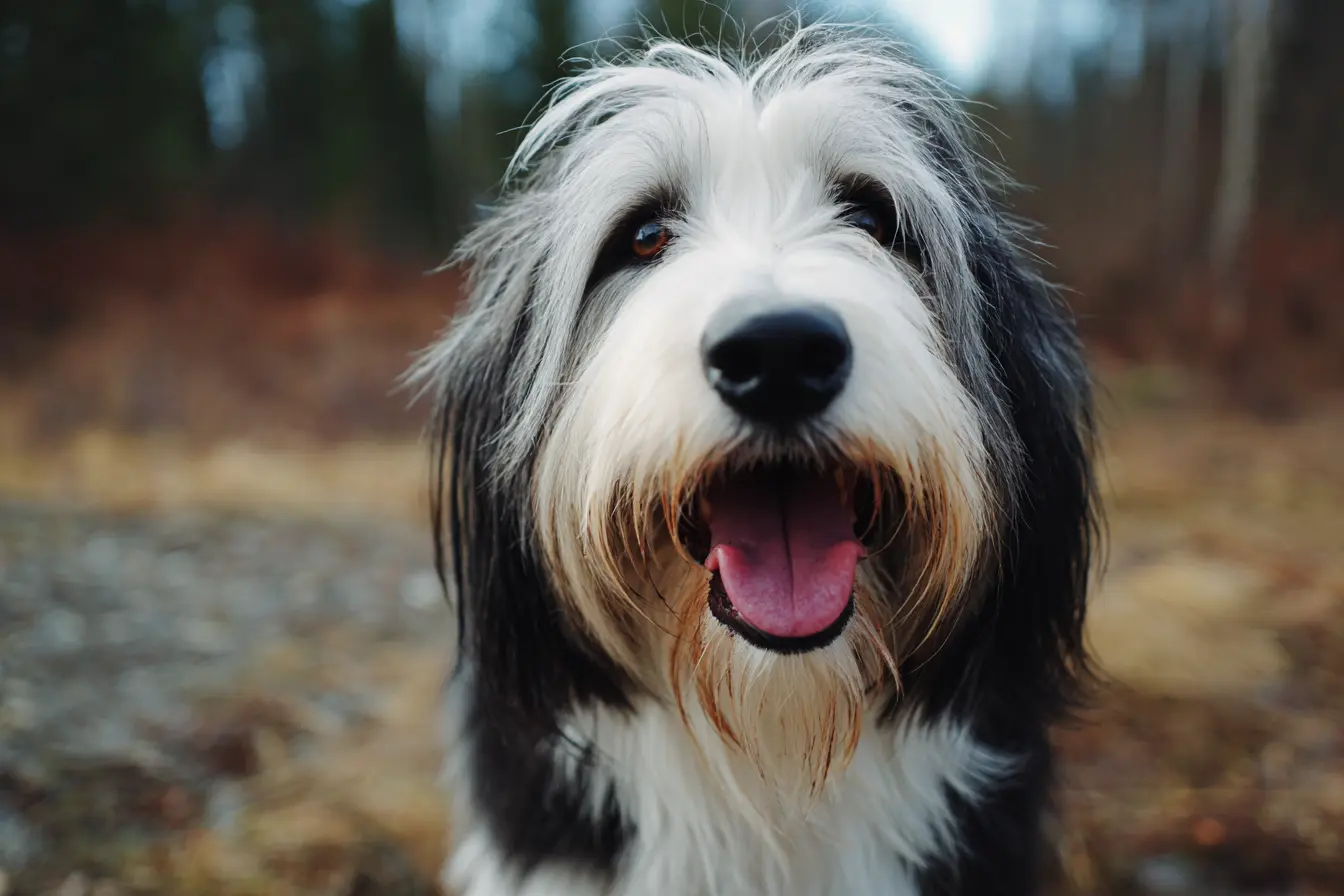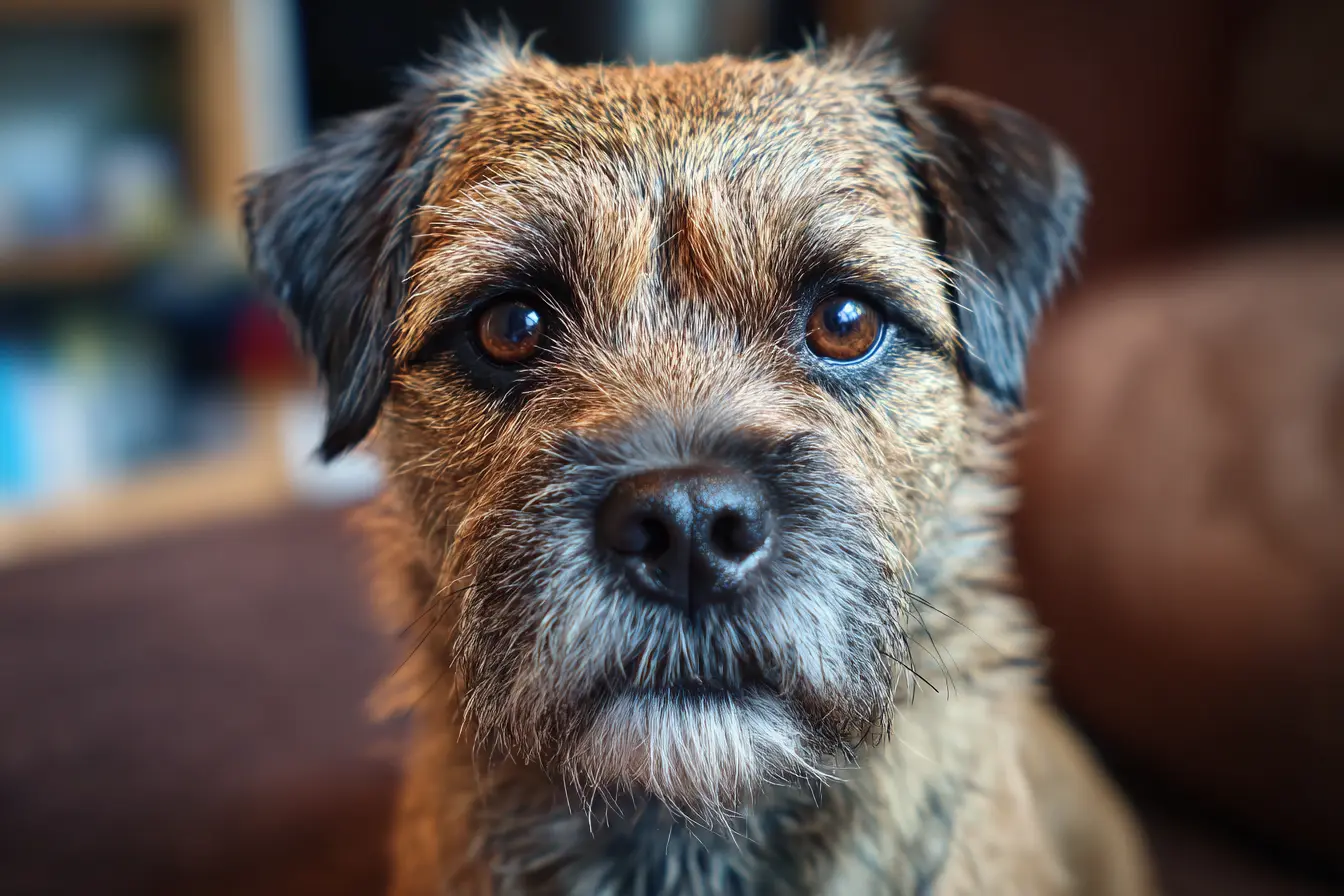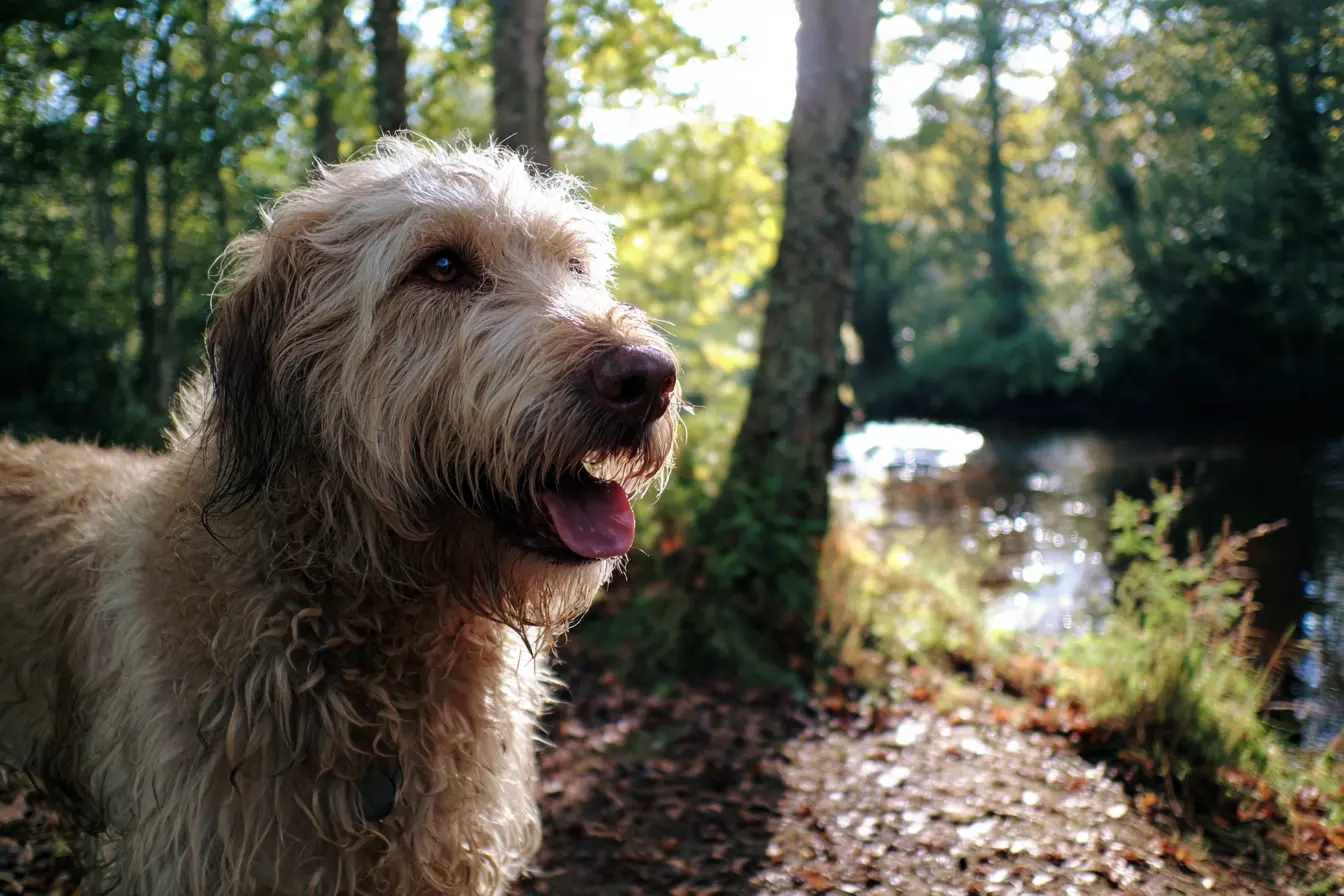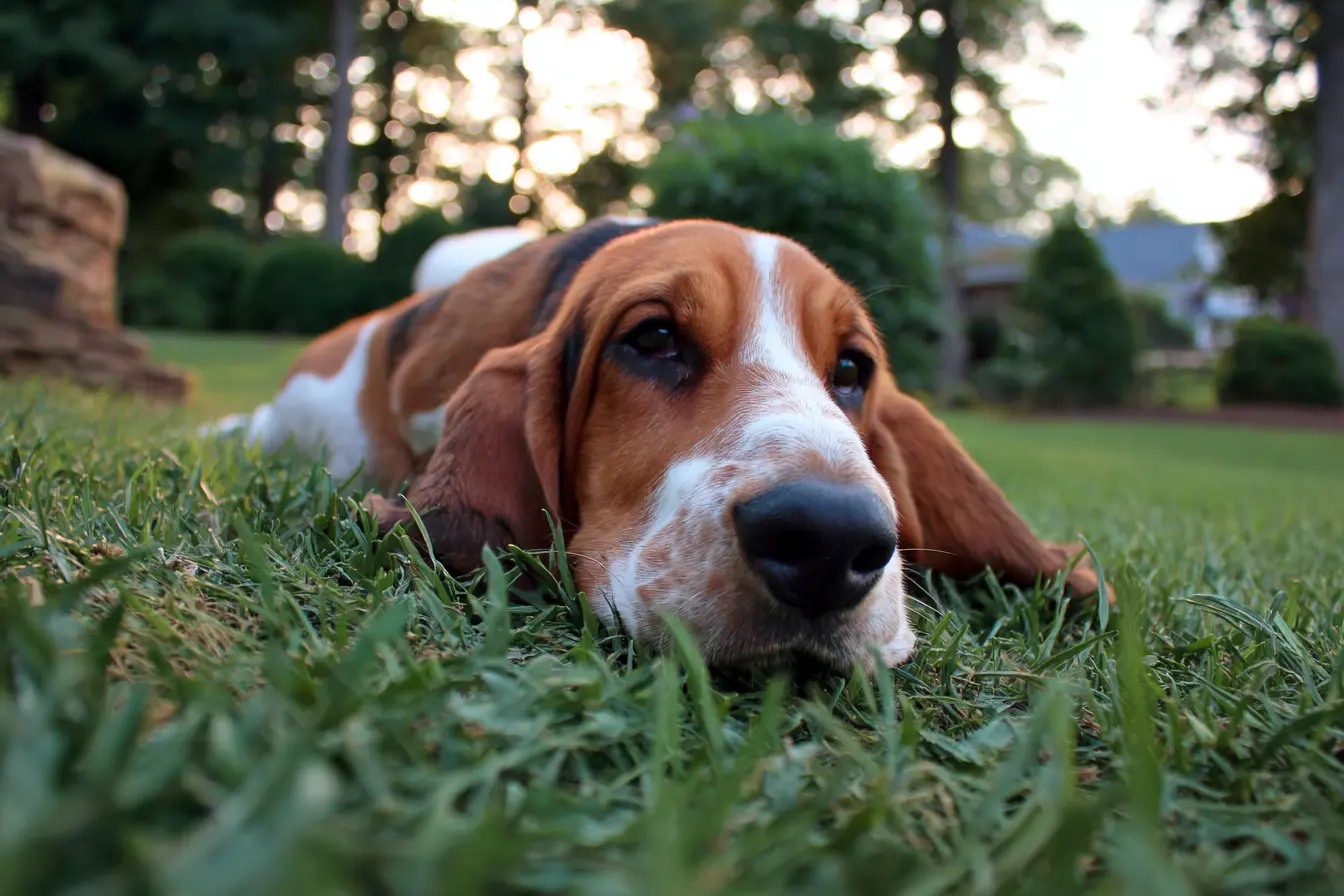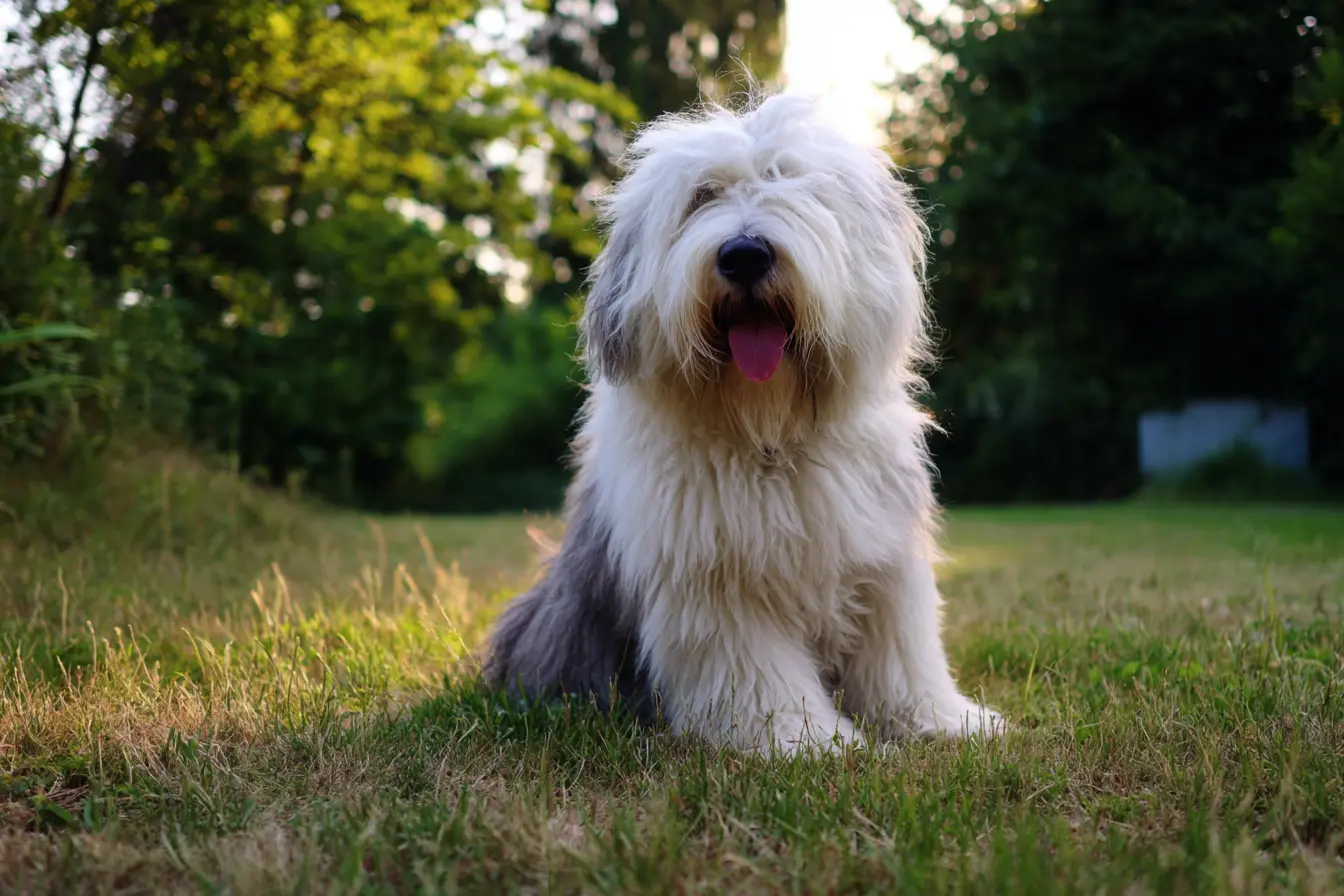
The Old English Sheepdog: A Lovable and Iconic Herding Companion
The Old English Sheepdog, with its profuse shaggy coat and unmistakable bear-like gait, is a true icon of the canine world. Originally bred in Britain for driving cattle and sheep to market, this breed is celebrated today for its affectionate nature, intelligence, and distinctive appearance. Often affectionately called the "Bobtail" because of the tradition of docking its tail, the Old English Sheepdog is as charming in personality as it is in looks. If you are considering adding one of these gentle giants to your home, understanding their needs, temperament, and care requirements is essential. This guide offers a comprehensive insight into this wonderful breed.
Breed Overview
The Old English Sheepdog is a member of the Pastoral Group and was developed as a drover’s dog, moving livestock from farms to market towns. Despite their working roots, they are renowned today as loyal family companions with a calm, loving temperament.
Physical Characteristics
- Size: Old English Sheepdogs are large, powerful dogs. Males typically stand 61 cm or taller at the shoulder and weigh 32-45 kg, with females slightly smaller.
- Coat and Colour: They have a dense, double coat with a harsh outer coat and a softer undercoat. Common colours include shades of grey, grizzle, blue, or blue merle, often with white markings.
- Lifespan: The average lifespan of an Old English Sheepdog is around 10-12 years.
Personality and Temperament
Old English Sheepdogs are known for their friendly, adaptable, and intelligent nature. They are deeply devoted to their families and often exhibit a playful, clownish side that endears them to children and adults alike.
Despite their size, they are gentle and patient, making them excellent family pets. They typically get along well with other animals and are known to be protective without being aggressive.
Their herding instincts can sometimes emerge in family life, leading them to "herd" children or other pets by gently nudging or circling them.
Old English Sheepdogs are intelligent and quick learners, but they also have an independent streak. Consistent, positive training from an early age is important to develop good manners and channel their intelligence constructively.
Exercise and Training
Old English Sheepdogs require regular exercise to keep them fit and mentally stimulated. Daily walks, playtime, and opportunities for free-running in secure areas are ideal.
They enjoy a range of activities, including obedience, herding, and agility, which help satisfy both their physical and mental needs.
Training should start early and focus on consistency, positive reinforcement, and plenty of socialisation. Old English Sheepdogs are sensitive dogs who respond best to kind, reward-based methods.
While they are adaptable to a variety of living situations, they do best in homes where they have sufficient space to move about and opportunities to interact with their family.
Health and Care
Old English Sheepdogs are generally healthy, but like all breeds, they are prone to certain conditions, including:
- Hip Dysplasia: A hereditary condition affecting the hip joints.
- Progressive Retinal Atrophy (PRA): A degenerative eye disorder that can lead to blindness.
- Hypothyroidism: A condition affecting the thyroid gland.
- Deafness: Some Old English Sheepdogs may be prone to hearing issues.
One of the breed’s defining features, its coat, requires a significant commitment to grooming. Thorough brushing several times a week is necessary to prevent mats and tangles. Many owners choose to keep their dogs in a shorter "puppy cut" to make maintenance easier.
Attention must also be given to dental care, regular ear cleaning, and nail trimming.
Living with an Old English Sheepdog
Old English Sheepdogs thrive in homes where they are treated as part of the family. They are affectionate and social dogs who enjoy spending time with their people.
They are adaptable to country or suburban life but are less suited to flat living due to their size and exercise needs.
Potential owners should be prepared for a dog that sheds and requires significant grooming. Drooling is not as common as with some breeds, but they can be messy drinkers, and their coat may carry debris indoors.
Early training and socialisation are crucial to help them grow into well-mannered adults who are comfortable in a variety of settings.
Is the Old English Sheepdog Right for You?
If you are seeking a large, loving, and lively companion who enjoys family life and can handle a regular grooming routine, the Old English Sheepdog could be a perfect match. They are well-suited to active households that can provide daily exercise, companionship, and the grooming attention they require.
However, if you are looking for a low-maintenance breed or cannot commit to the necessary grooming and exercise, an Old English Sheepdog may not be the best fit for your lifestyle.
Conclusion
The Old English Sheepdog is a breed full of heart, humour, and hardworking spirit. With their distinctive appearance and joyful personality, they bring love, laughter, and loyalty into the lives of those lucky enough to call them family. With the right care, training, and affection, an Old English Sheepdog will be a devoted companion, filling your home with warmth and character for many happy years.
Contents
Tags
Vets near you
Speciality vets
- Aquatics vet specialists
- Birds vet specialists
- Camelids vet specialists
- Cats vet specialists
- Cattle vet specialists
- Deer vet specialists
- Dogs vet specialists
- Equines vet specialists
- Exotic vet specialists
- Goats vet specialists
- Pigs vet specialists
- Poultry vet specialists
- Sheep vet specialists
- Small Mammals vet specialists
- Wild vet specialists
